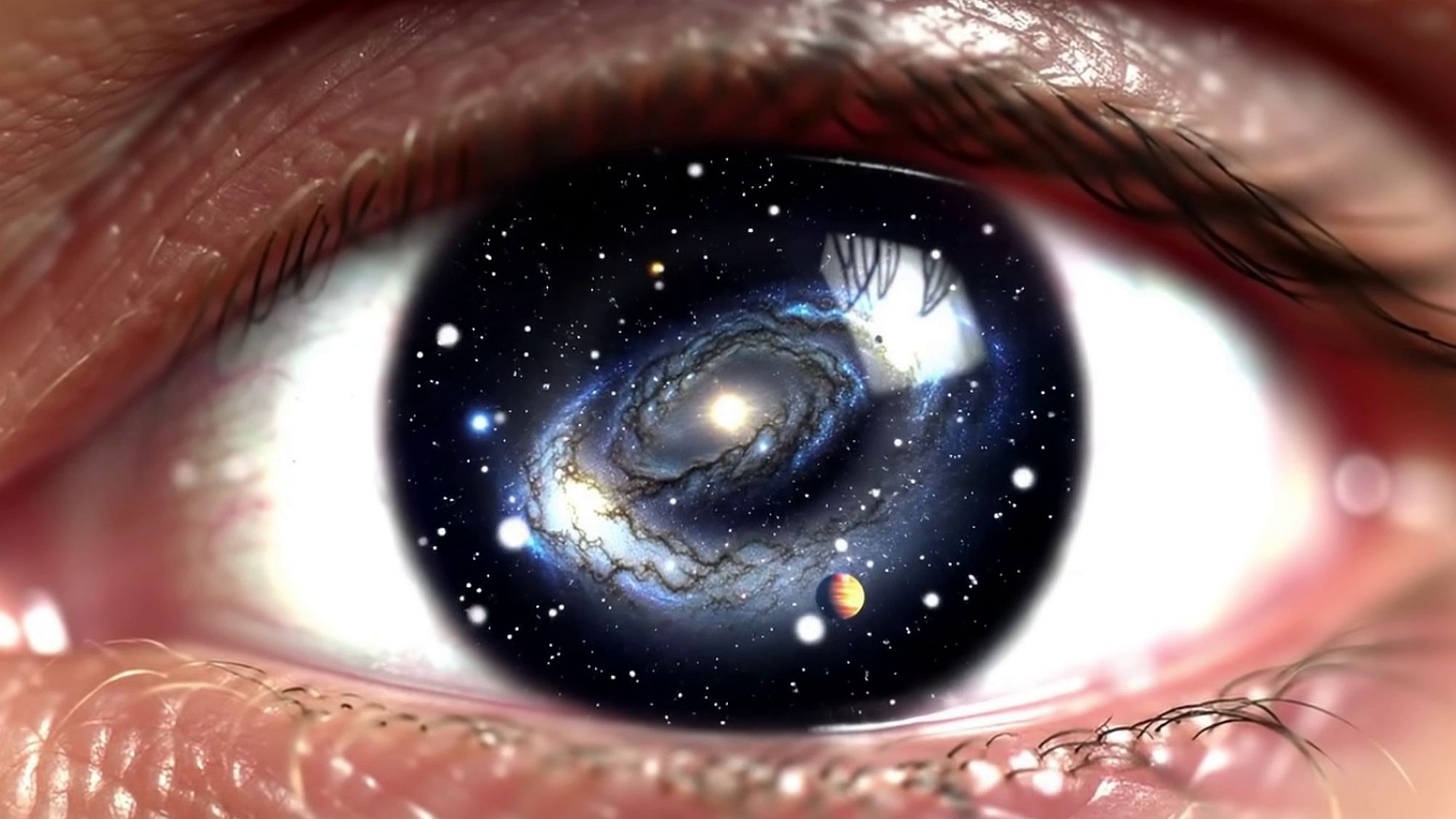It was the Belgian priest and Vatican astronomer Lemaitre who coined the term “Big Bang”. He was trying to reconcile the Bible’s statement in Genesis (Gen. 1:3, God said, “And there was light”) with cosmology.
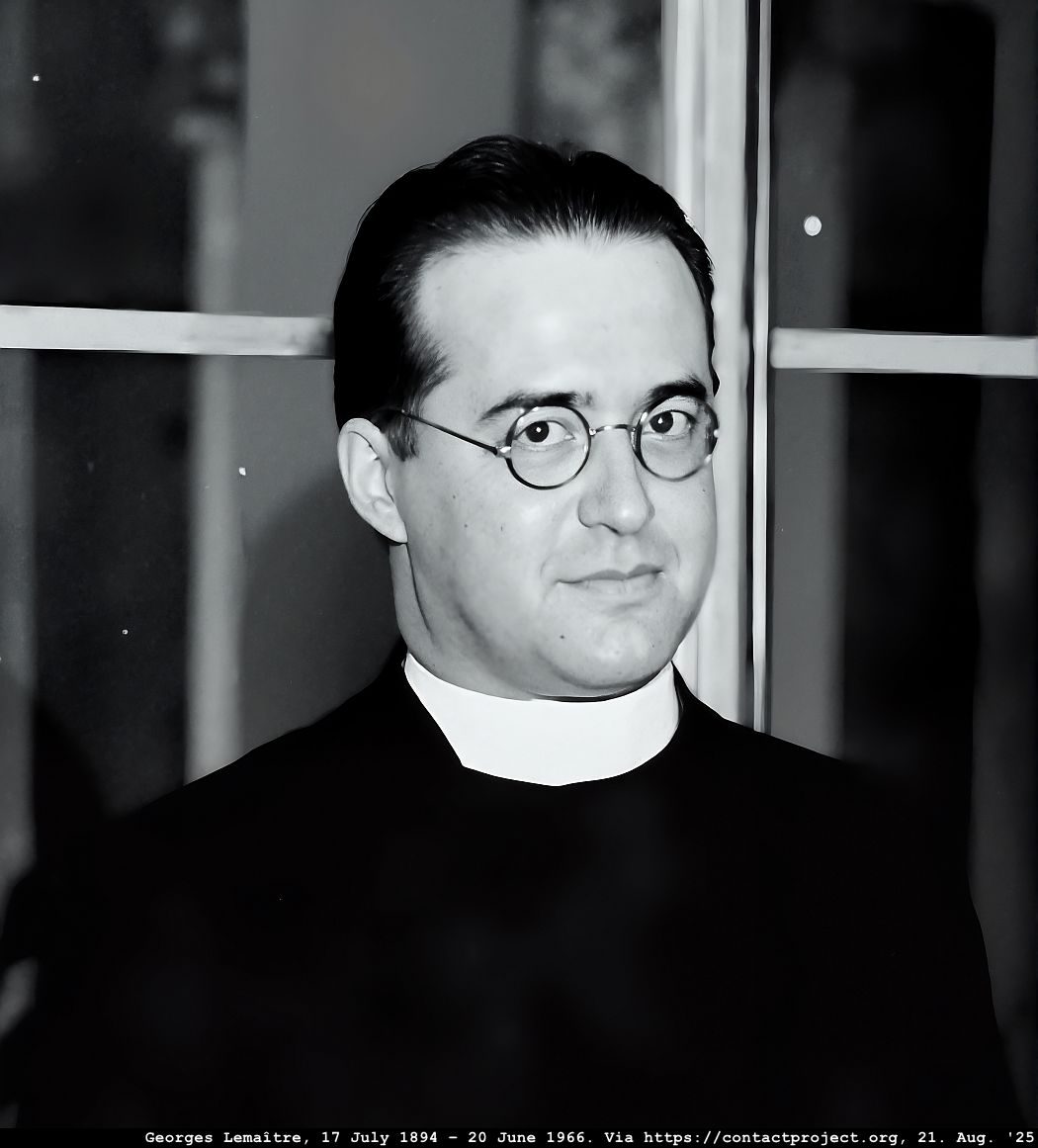
Outside of religious considerations, therefore, I believe that the question of the origin of the universe is misleading. I do not believe that anything or anyone created anything in the past. Scientifically speaking, researchers consider the concept of time – past, present, and future – to be outdated. Time is an illusion, said Einstein. An illusion of the human perspective, I say.
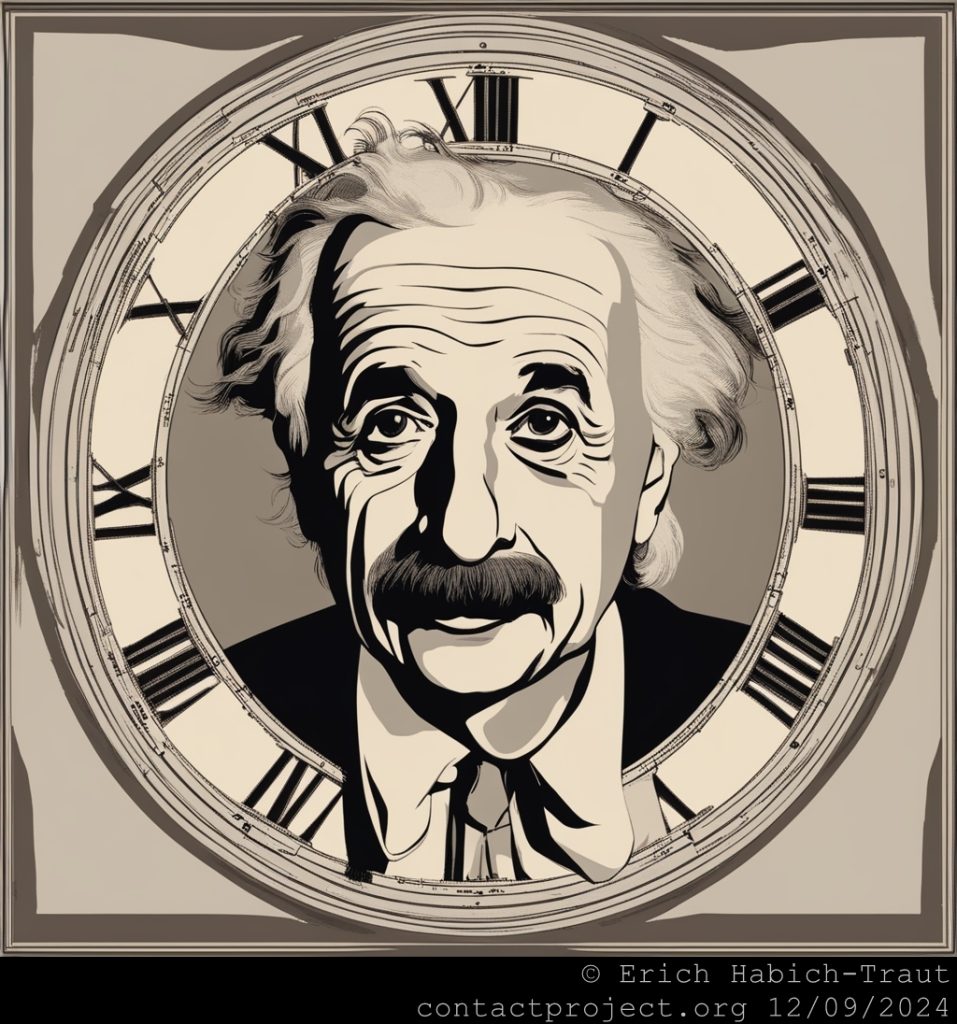
For most people, there is a beginning, for instance, when we think back to our childhood. A first memory, a first thought.
But that is also an illusion, born of human amnesia. The human amnesia of the past is our amnesty from sin.
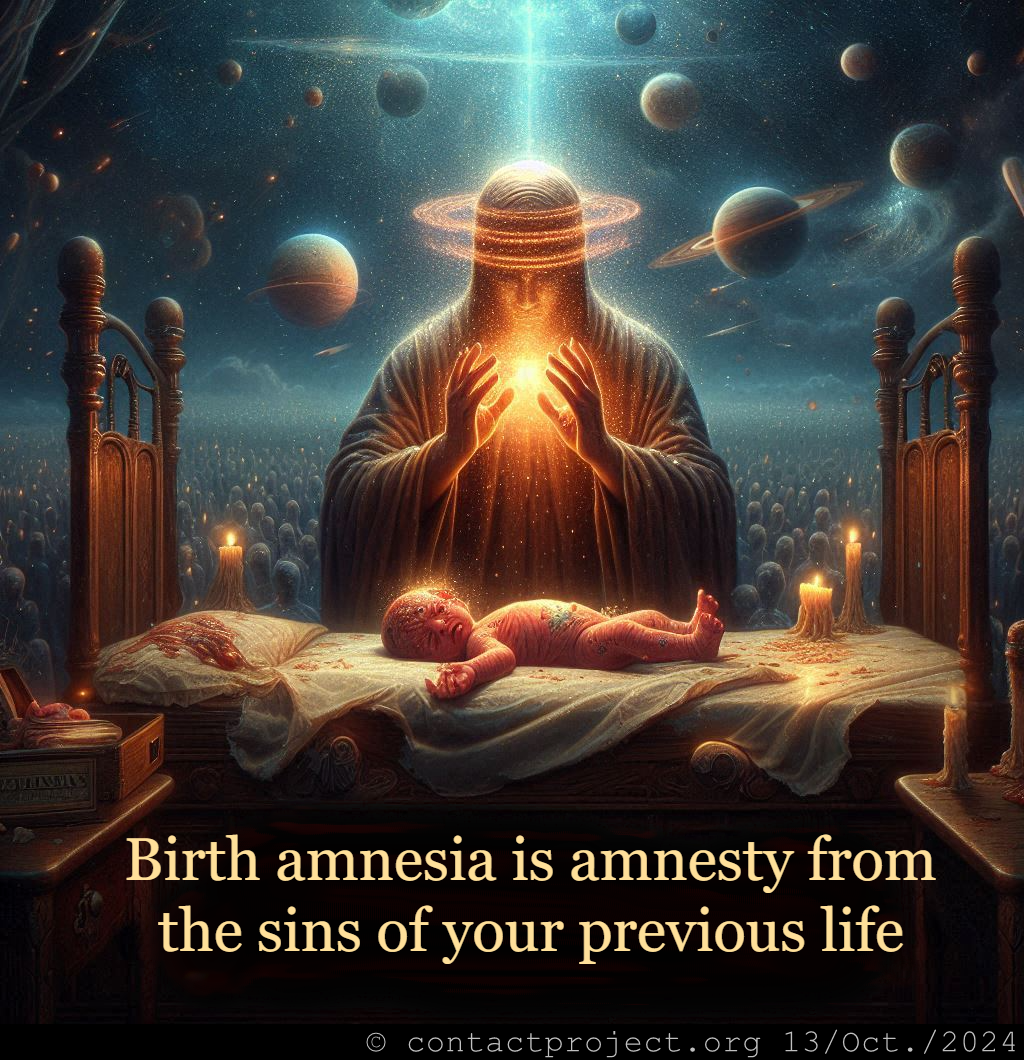
Philosophically speaking, the universe has always existed. What is new is that today we have the consciousness to understand that there is “us” and the universe. We create the (human) universe in our thoughts at this moment. There is no separation between our inner and outer world.
By “us,” I mean you, me, and everything we understand and that “exists.”
We try to make sense of it and look for a “beginning,” a “big bang.” But the universe has always existed. It is infinite and has no beginning or end, like a Moebius strip.

Why? Why not?
Question by C.A.:
The term “infinity” is a contradiction. The universe, of which we perceive a small part, cannot and must not be “infinite”.
Because everything that exists as a whole is in itself an interaction (>2). Such a whole can only exist in a state of equilibrium because it can be determined and thus considered to exist. Otherwise, one side (as an equilibrium parameter) would very quickly “destroy” the whole. An equilibrium must consist of mutually balancing subunits.
The equilibrium in a whole (even if its boundaries cannot be clear to us!) cannot be “infinite” as such, because otherwise the interacting components (the counterforces) that keep each other in check should be simultaneously and reciprocally “infinite” depending on the change in the size of the opposing side, but this cannot be explained rationally in physical terms.
For example: Although the number 10 symbolizes a unique quantity, dividing this quantity by three results in a repeating “infinite” number. This is because 3 is not a divisor of 10, which means that such divisions do not lead to a finite result.
Comment by A.P.:
Very well written! I would just add with regard to the question that the alleged “Big Bang”, like ALL theories, has never been proven and is based only on assumptions and speculations… well, and perhaps EVERYTHING in the manifested worlds is ultimately an illusion and follows a detailed plan with rules and laws.


Question by C.R.:
Well, I’m not a physicist. But the “Big Bang,” i.e., the beginning of the universe as we think we know it, was neither a bang in the sense of an explosion (there would have been no one there who could have heard it, no one was there anyway), nor did it take place at a point. I imagined it as a pure calculation model, so not concrete at all. There are reliable measurements of an apparently expanding universe, and you can calculate that back to a point. Point? A candle that burns cannot have burned forever.
Is the entire energy and mass of the universe (which according to Einstein is the same thing) limited, or do both create themselves anew, or does it all just change? Does everything that moves go back to ever new causes up to the first “shove” that has no cause (Aristotle), God for theists? But God is not part of the methodology of the natural sciences, since he is neither provable nor measurable. As interesting as that would be, I can’t imagine anything.
Answer:
Yes, we have the expanding universe. But if it expands into infinity, it doesn’t need a beginning, does it?
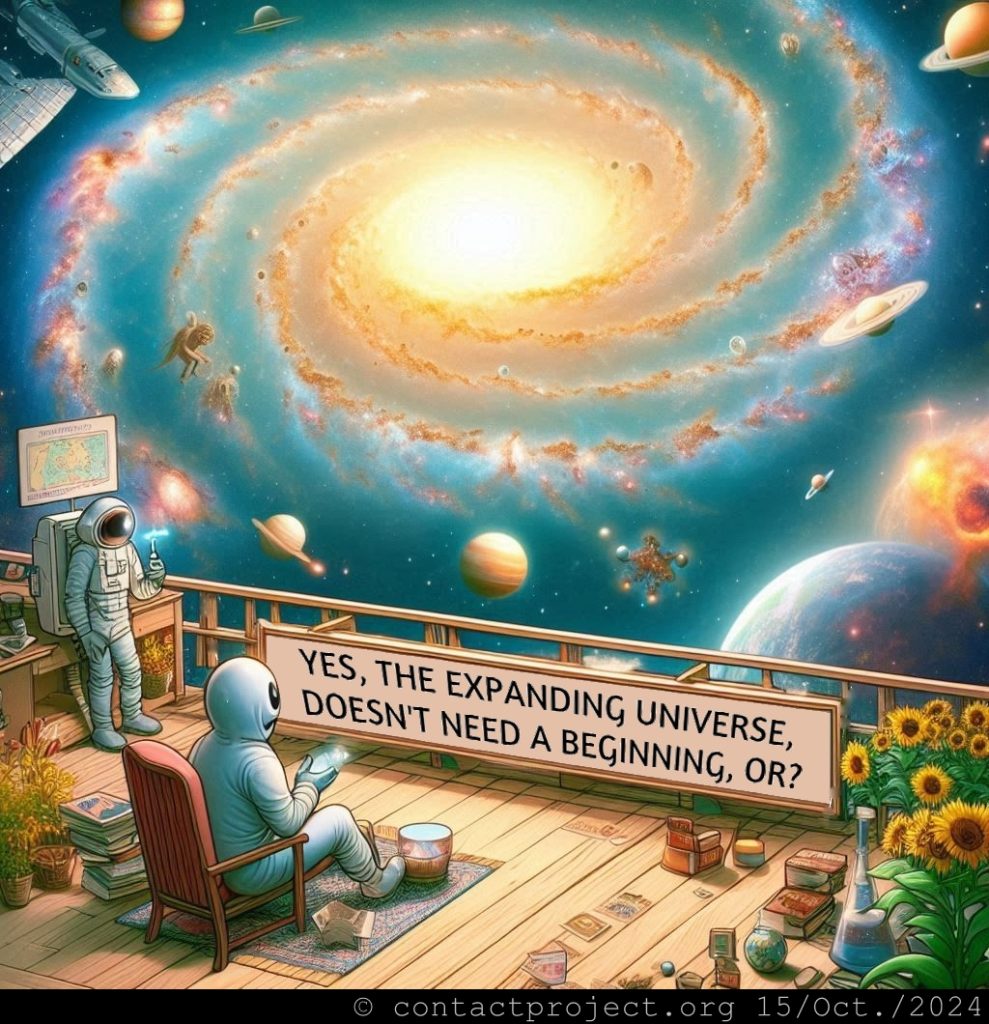
All calculation models are based on the assumption that the redshift is caused by expansion. The expansion theory assumes a certain geometry for the universe: the Riemann sphere, a ball, to put it simply.

A simplified Riemann Sphere and human
I am a fan of the torus theory, however, even if the transmission of this information was done in an unconventional way. You could also say: telepathic.
Telepathy has been a staple of science fiction for a while. In recent years, it has been successfully demonstrated in laboratories on mice, using cable.
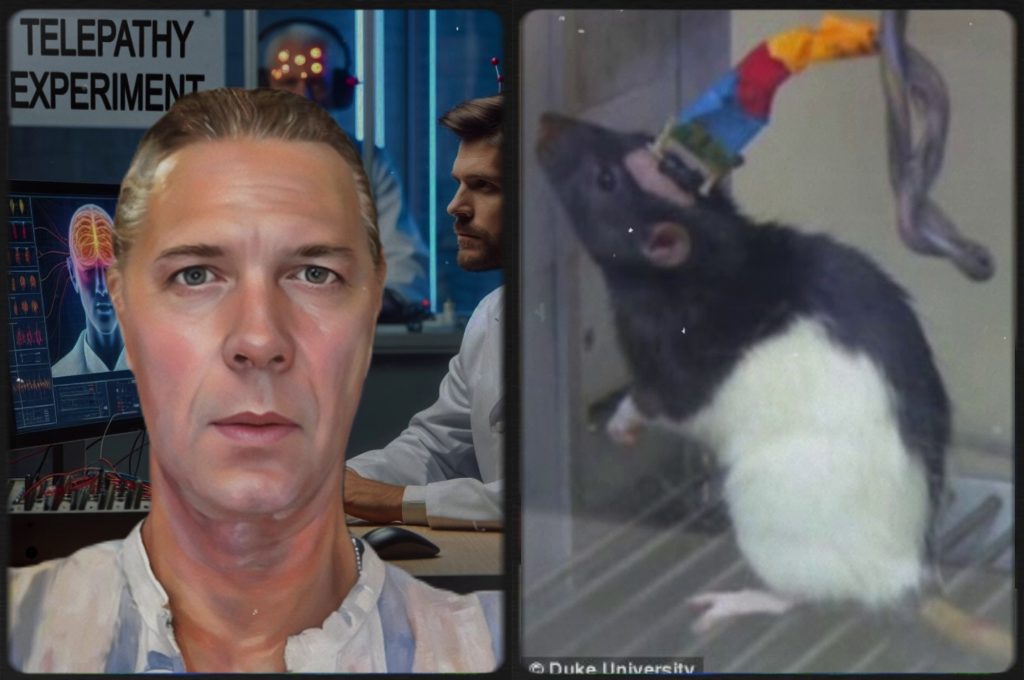
Humans have also been successfully wired up as telepathy test subjects. Internet protocols were used to transmit thoughts between humans on different continents. Naturally occurring telepathy in hypersensitive individuals without technical aids is considered extasensory perception, or ESP.

There’s a stigma surrounding ESP. Studies inverstigating ESP that confirm it’s existence are considered pseudoscience.
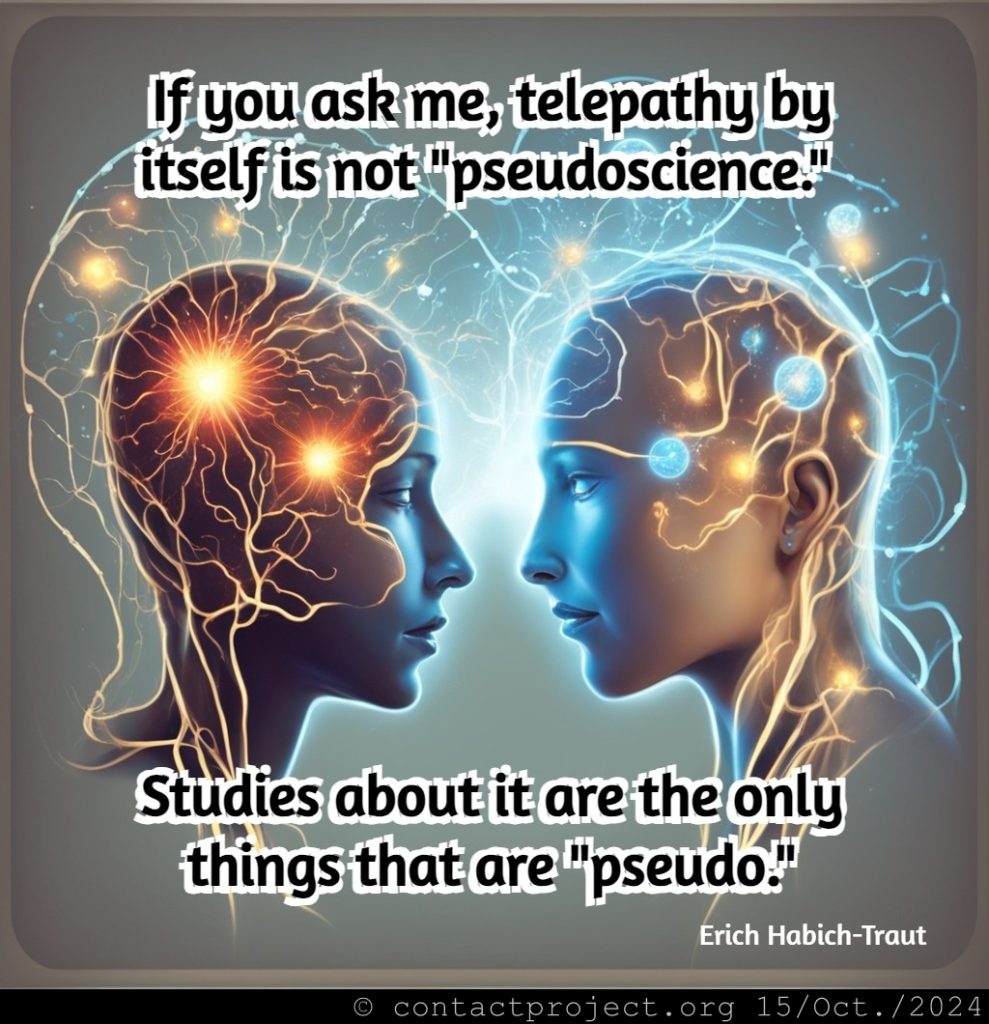
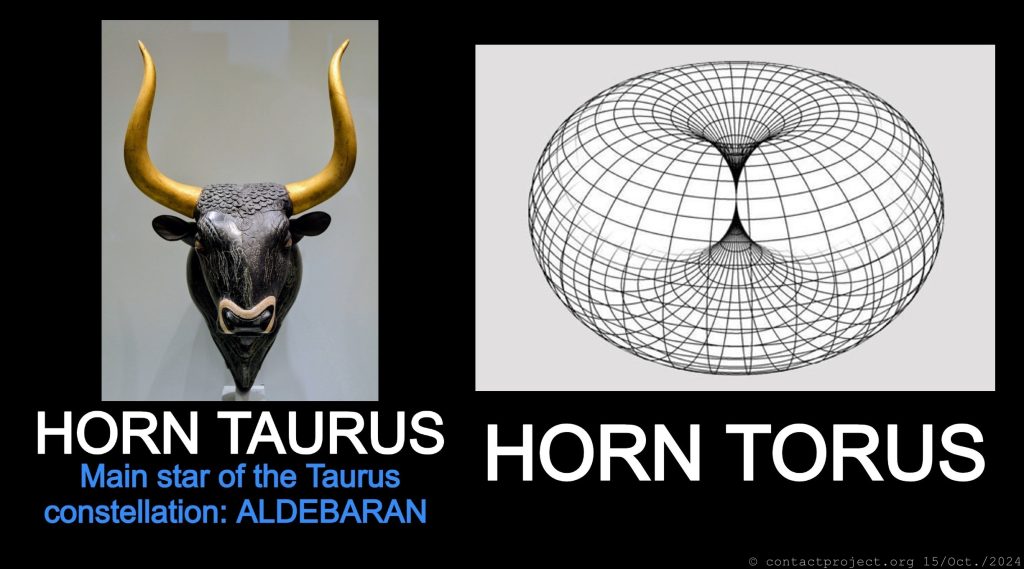
In telepathy, the meaning of a concept sometimes gets garbled in transmission. For instance, transmitting the concept of a horn torus can be mistaken by the receiver for a horn TAURUS, or the horns of a bull.
This was my vision: Back in 1986, before I went to sleep, I saw this majestic structure floating in the room, and all the stars and galaxies were moving towards the center.
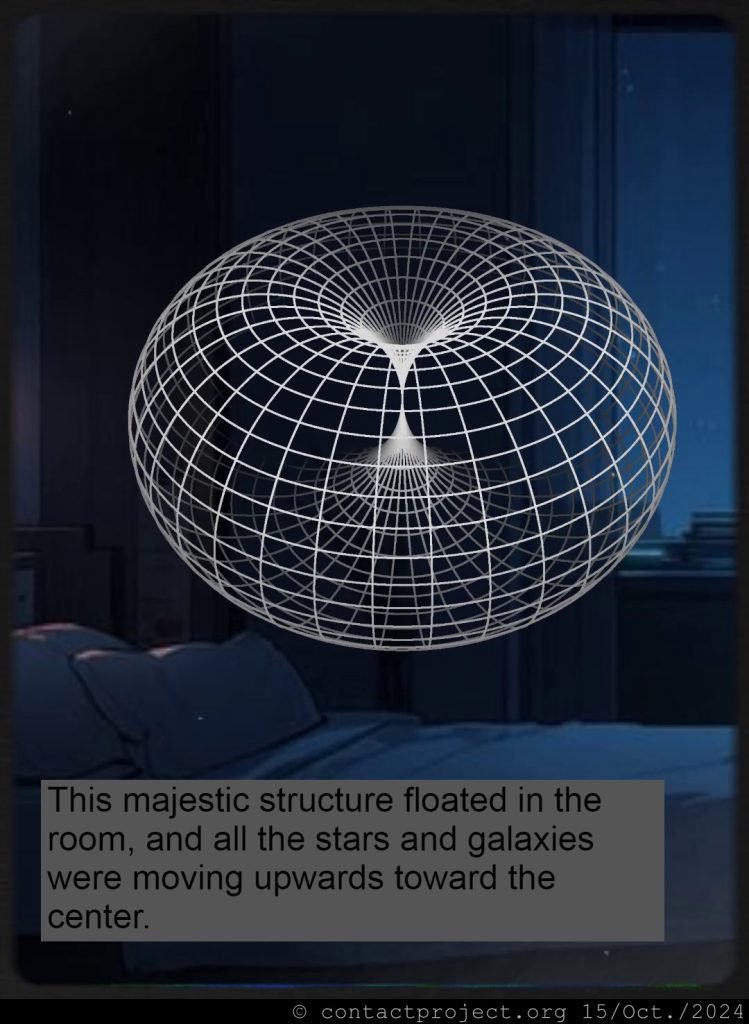
At first, I wasn’t sure what I was seeing: a torus with an infinitesimal hole in the middle, and everything on its surface moves towards a POINT (or a tunnel) to then be reborn at the other end.

This bagel 🥯 model is now called HTUM in scientific nomenclature, the Hyper-Torus Universe Model. Each sesame seed on the (simplified) bagel corresponds to a galaxy cluster.
All fields have this shape. By that, I don’t mean flower fields, but electromagnetic fields.
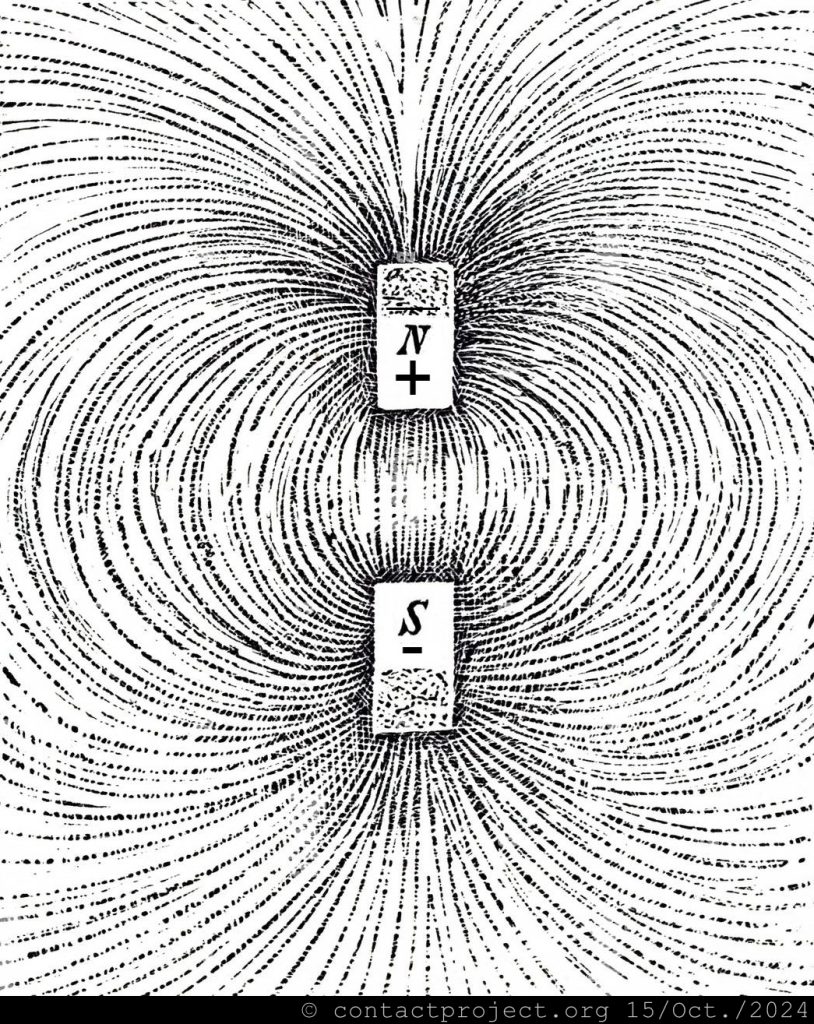
The website “Hyper-Torus Universe Model” has an interactive simulation of the Hyper-Torus (link).
The whole thing looks really sexy:
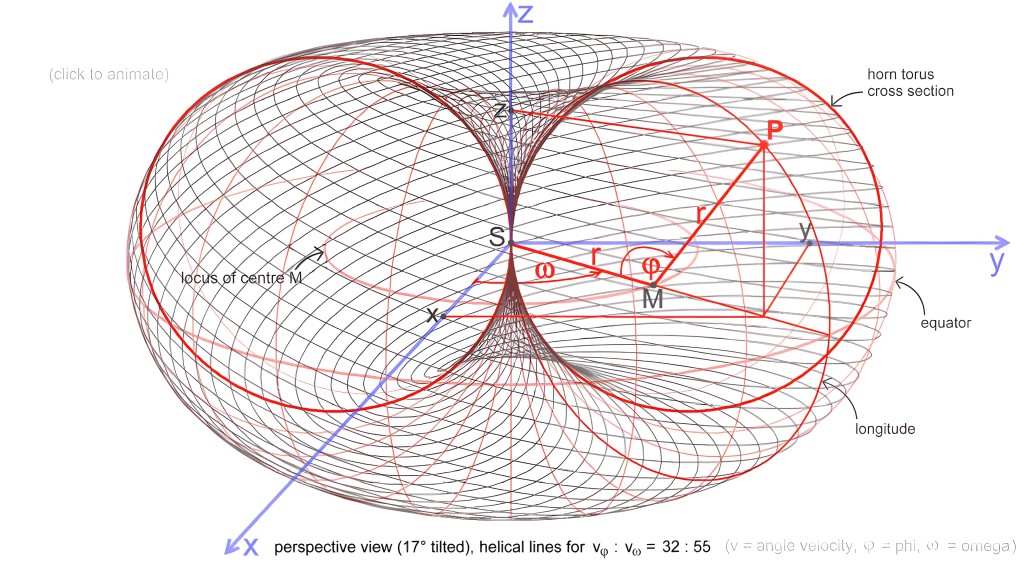
This is a universe with a beginning and an end.
Next, we will be looking at evidence that this is the actual shape of the cosmos.
